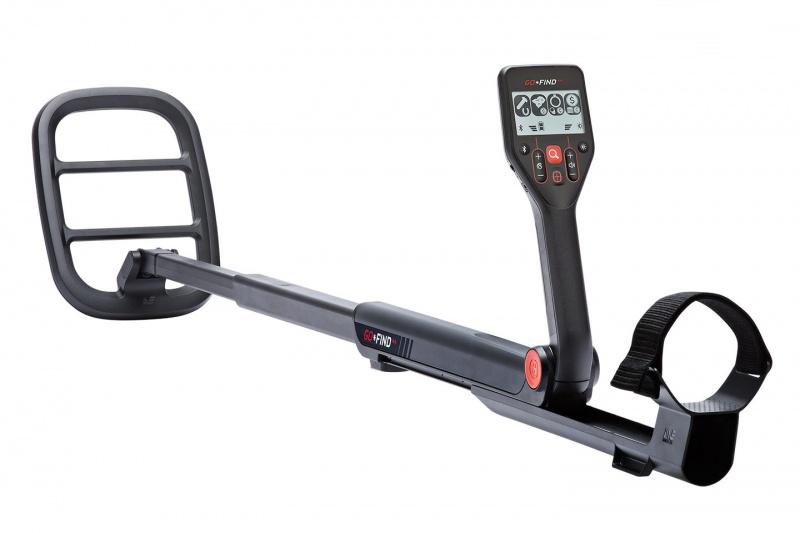Metal Detector – an overview
If you have ever made an electromagnet by using wrapping a coil of cord around a nail and hooking it as much as a battery, you may realize that magnetism and electricity are like an old married couple: every time you discover one, you may usually find the other, now not very a ways away.
We placed this idea to right sensible use every minute of every day. Every time we use an electric powered equipment, we’re counting on the close connection among power and magnetism. The strength we use comes from strength plants (or, increasingly more, from renewable assets like wind mills) and it is made by a generator, which is certainly only a massive drum of copper cord. When the cord rotates at high pace through a magnetic area, power is “magically” generated inside it—and we will harness that energy for our very own ends. The electric appliances we use (in the whole thing from washing machines to hoover cleaners) contain electric powered automobiles that paintings in precisely the opposite manner to turbines: as electricity flows into them, it generates a converting magnetic area in a coil of wire that pushes against the sphere of a everlasting magnet, and that is what makes the motor spin. (You can discover a great deal more about this in our article on electric motors.)
Different metallic detectors paintings in diverse special approaches, but right here’s the science at the back of one of the simpler sorts. A steel detector includes a coil of cord (wrapped around the round head on the cease of the handle) known as the transmitter coil. When power flows thru the coil, a magnetic field is created all around it. Minleab Metal Detectors As you sweep the detector over the floor, you make the magnetic field flow around too. If you pass the detector over a metal item, the shifting magnetic field impacts the atoms in the metallic. In reality, it adjustments the way the electrons (tiny debris “orbiting” round the ones atoms) circulate.

Now if we’ve a changing magnetic area inside the steel, the ghost of James Clerk Maxwell tells us we need to also have an electric contemporary transferring in there too. In different words, the steel detector creates (or “induces”) some electric activity in the metallic. But then Maxwell tells us some thing else interesting too: if we’ve power shifting in a chunk of metal, it ought to create some magnetism as nicely. So, whilst you pass a metallic detector over a bit of metallic, the magnetic area coming from the detector reasons another magnetic subject to appear across the metallic.It’s this second magnetic subject, across the metallic, that the detector choices up. The steel detector has a second coil of twine in its head (referred to as the receiver coil) this is related to a circuit containing a loudspeaker. As you move the detector about over the piece of metal, the magnetic area produced with the aid of the metallic cuts through the coil.